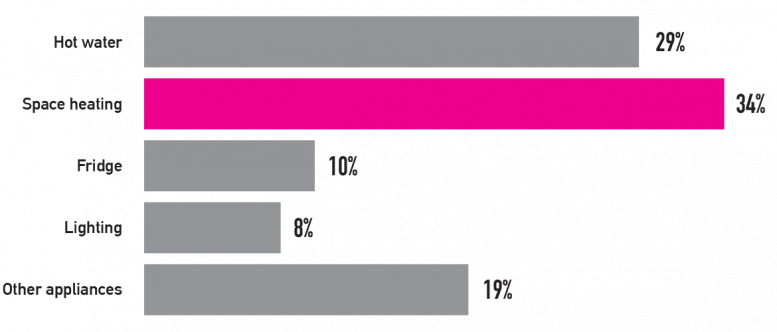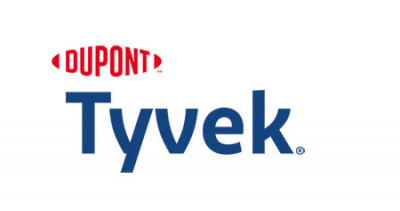Homeowners
Trade
Product Library
Hit enter to search or ESC to close
Pink® Batts®
For your current home
GET YOUR HOME WARM AND DRY.
INSULATING YOUR CURRENT HOME
Compared to insulating a new build home, opportunities to insulate your existing home are limited. However, any increased insulation will benefit you and improve the quality of life inside your home, by protecting your home against the heat, cold and damp.
In New Zealand homes with poor or no insulation, heating accounts for around one-third of the energy used. Insulation is the single most effective measure you can take to keep your home warm and save energy.
BRANZ : energy use in New Zealand Households
Typical energy consumption for an average kiwi home

TIPS SPECIFIC TO EXISTING HOMES
R-value
The higher the R-value of the insulation the better it performs.
Try to install insulation with the highest R-values as possible. Insulation increases long-term energy and cost savings, as well as providing greater comfort in all seasons.
Installing insulation
Install insulation correctly. It is critical that insulation is installed properly to achieve the best performance.
Avoid creating gaps as they will allow warm air to bypass the insulation and escape. Insulation effectiveness is significantly reduced by just a 2mm gap or squashing into place. Folds and tucks compress the insulation and compromise its ability to be effective.
PinkFit® installers
Want help with installing your insulation? Call on the PinkFit® experts or take a look at our instruction guides.
Your guide to homes of different eras.
WHAT ERA IS YOUR HOME?
Pre-1950s house
Houses built before the 1950s, such as villas, bungalows and state houses, were not usually insulated.
Fitting insulation is usually straightforward as these houses tend to have high roof spaces and easy access to under floor areas.
Access to wall spaces is difficult. Install Pink® Batts® wall insulation when renovating.
1950s to 1970s house
The characteristic flat roofs of 1960s houses pose challenges for fitting ceiling insulation.
Access to wall spaces is difficult. Install Pink® Batts® wall insulation in spaces between walls when renovating.
Access to underfloor spaces is different between houses. If accessible use Pink® Batts® SnugFloor® under floors.
1980s to mid-1990s house
These houses often have some insulation and need topping up for more effective insulation.
Draughty wooden floors call for Pink® Batts® SnugFloor® insulation under floors.
Mid-1990s to 2000s house
Mandatory insulation requirements mean houses of this era are well insulated.
As insulation has a huge impact on a home’s warmth and comfort, it’s worth fitting insulation of a higher grade (more effective) than the minimum required.
With good wall insulation ventilation is important as the air-tight nature inhibits natural air flow.
2009 to current houses
The Building Code changed in 2009, requiring higher levels of insulation than for houses built before this.
Your home should be insulated to the current building code, however if it is to the minimum requirements you can increase your insulation levels to increase your benefits.



